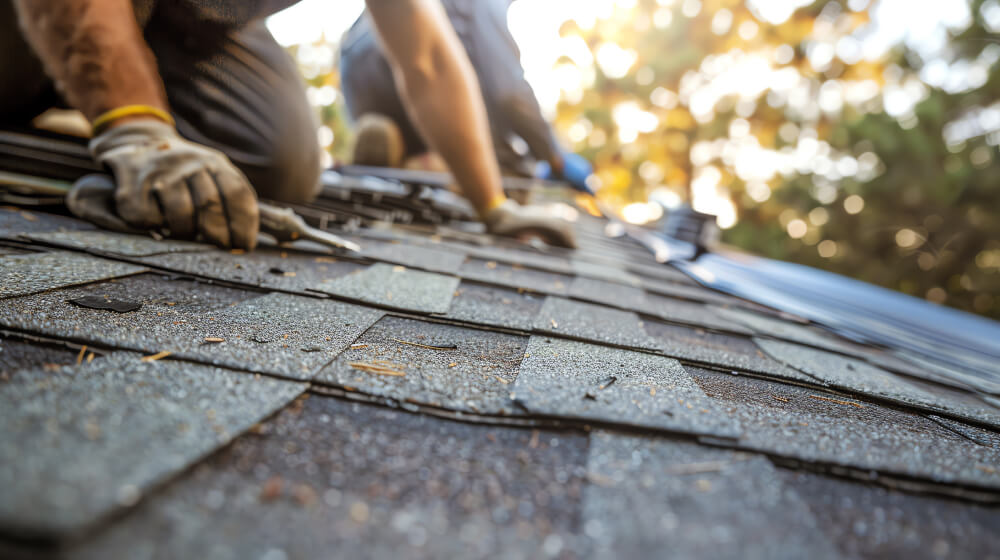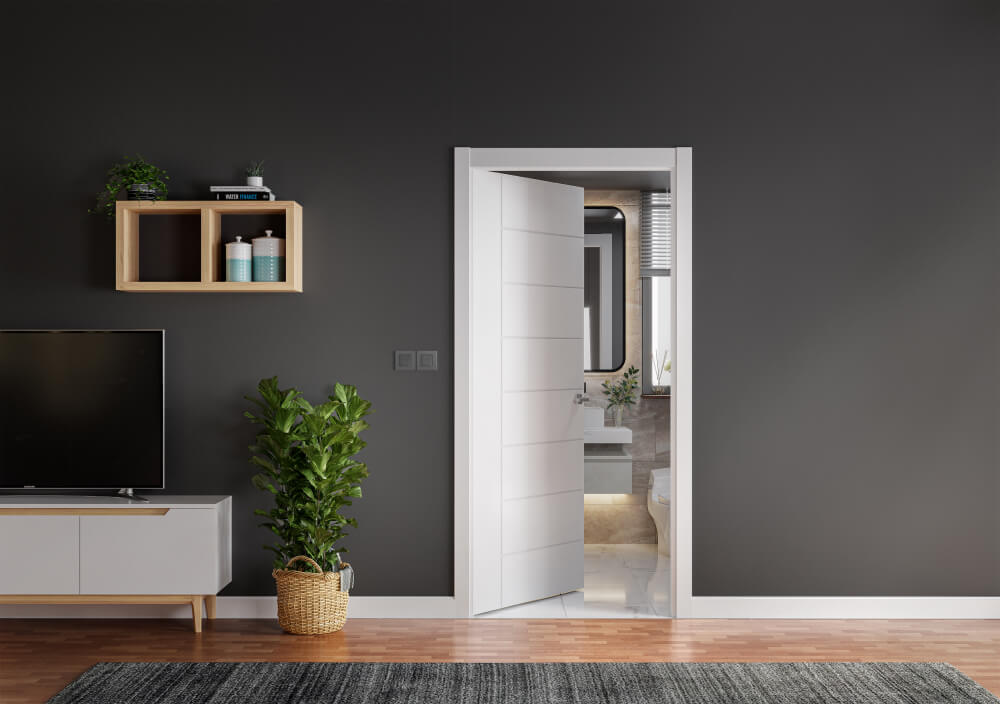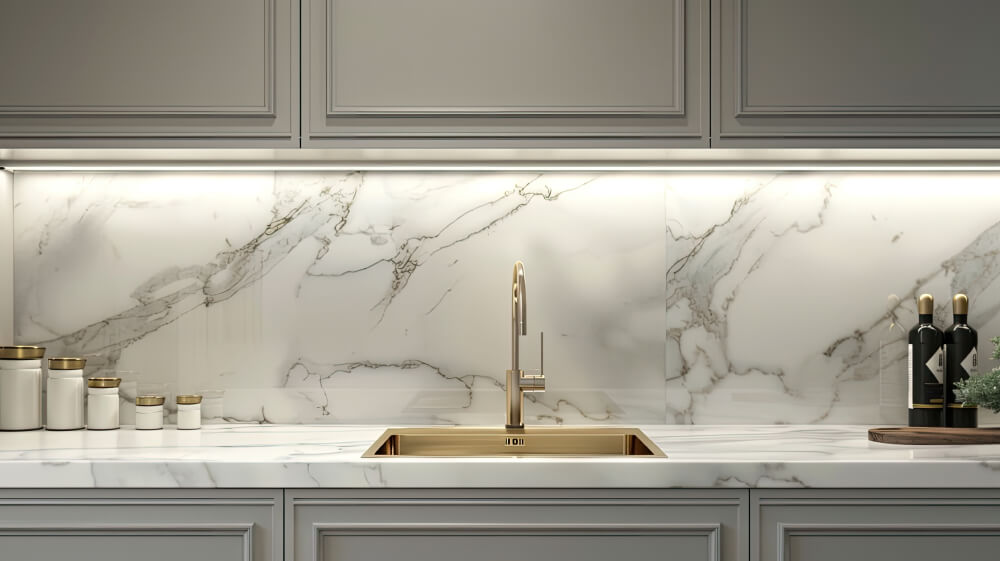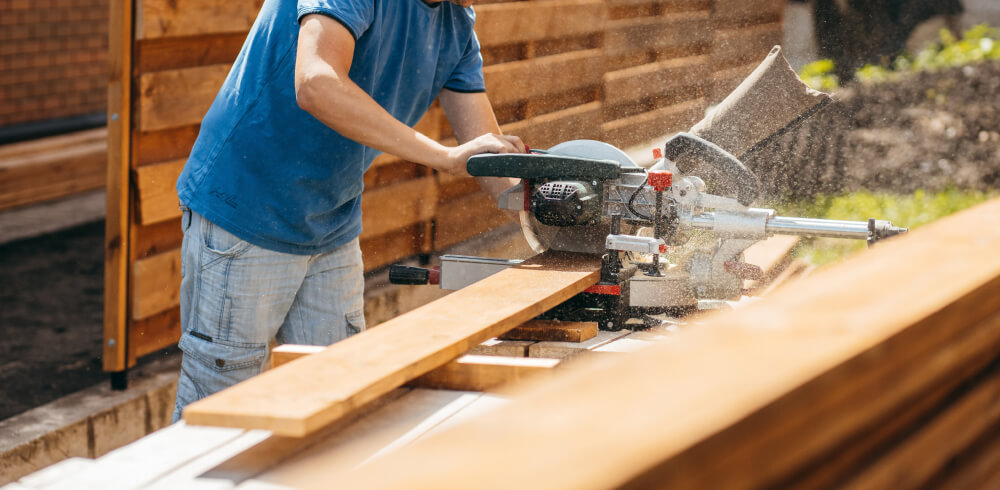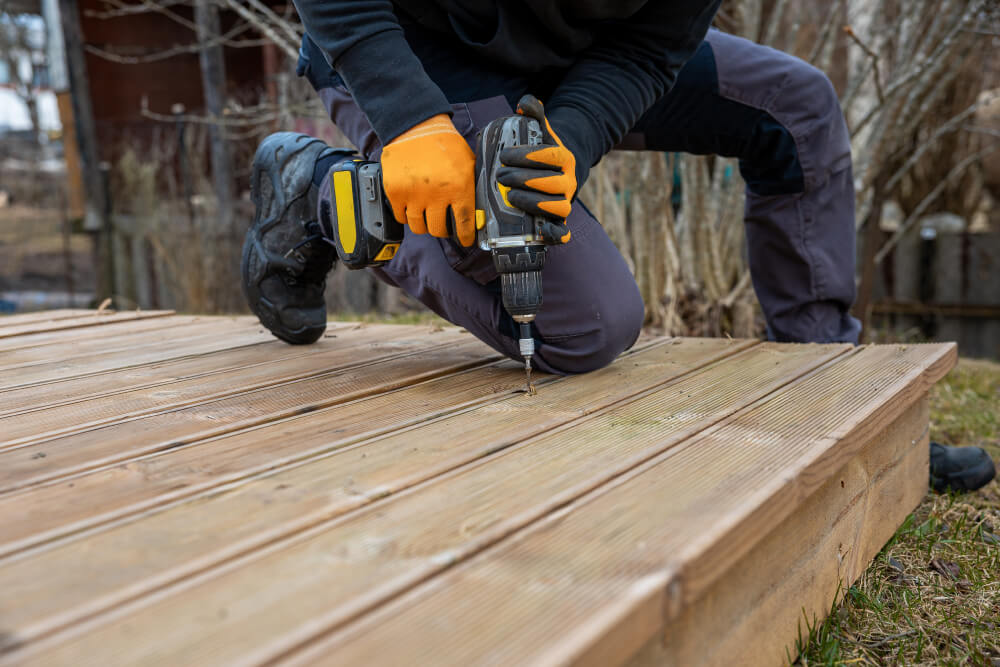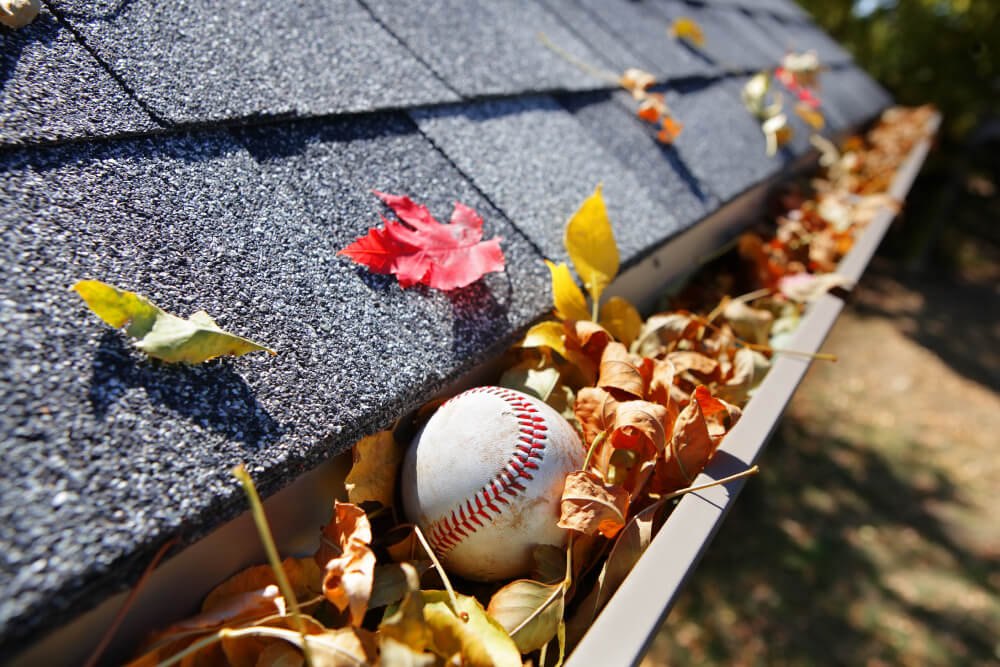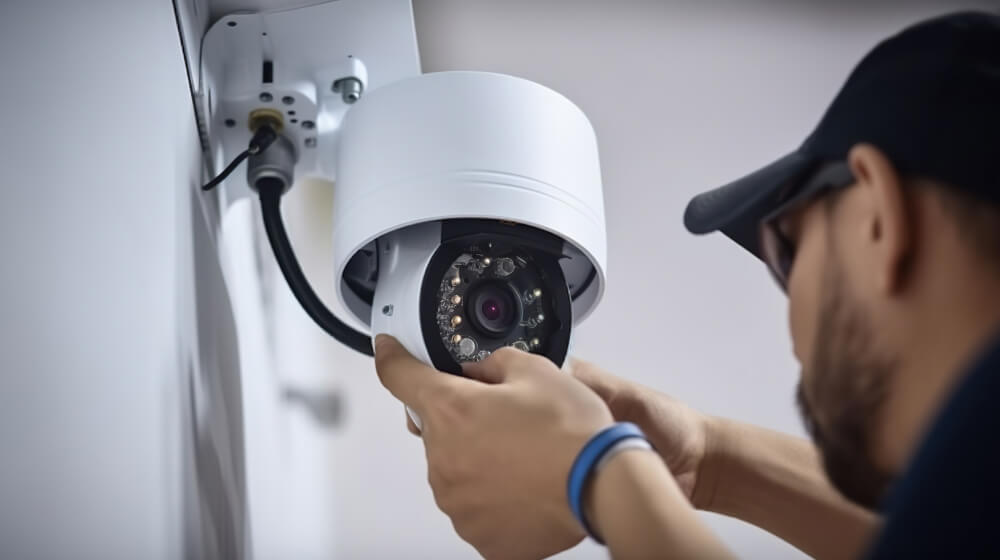Benefits of a Smart Home Automation System
Before diving into the setup process, let’s explore the benefits of home automation:
- Convenience: Control various devices and systems in your home from anywhere using a smartphone or voice commands.
- Energy Efficiency: Automate lighting, heating, and cooling systems to reduce energy consumption and save on utility bills.
- Enhanced Security: Integrate security cameras, smart locks, and alarm systems for improved home security and peace of mind.
- Increased Home Value: A well-integrated smart home system can increase the value of your property and appeal to potential buyers.
- Personalization: Customize settings and scenes to match your lifestyle and preferences.
Tools and Materials Needed
To set up a home automation system, you’ll need the following tools and materials:
- Smart home hub or controller
- Smartphone or tablet
- Wi-Fi router
- Smart devices (lights, thermostats, locks, cameras, etc.)
- Power tools (if installing hardware)
- Screwdrivers
- Drill and drill bits
- Measuring tape
- Ladder (for installing cameras or lights)
- User manuals for all devices
Join HICP Homeowner’s Alliance
Connect with experts, get special discounts and enjoy member benefits
Step-by-Step Guide to Setting Up Your Home Automation System
Step 1: Plan Your Smart Home System- Assess Your Needs: Determine what you want to achieve with your smart home system. Consider areas such as security, lighting, climate control, and entertainment.
- Create a Budget: Decide on a budget for your smart home setup. High-end systems can be costly, but there are also budget-friendly options available.
- Research Products: Research different smart home products and brands to find the best fit for your needs and budget. Popular brands include Google Nest, Amazon Echo, Apple HomeKit, and Samsung SmartThings.
- Understand the Role of a Hub: The hub acts as the central control point for your smart home system, allowing you to manage all connected devices.
- Select a Compatible Hub: Choose a hub that is compatible with the smart devices you plan to use. Popular hubs include Amazon Echo, Google Nest Hub, Apple HomePod, and Samsung SmartThings Hub.
- Set Up the Hub: Follow the manufacturer’s instructions to set up your smart home hub. This typically involves connecting the hub to your Wi-Fi network and installing the associated app on your smartphone or tablet.
- Smart Lighting: Install smart bulbs or smart light switches to control your lighting remotely. Brands like Philips Hue and LIFX offer a wide range of options.
- Installation: Replace existing light bulbs with smart bulbs or install smart switches in place of standard switches. Follow the manufacturer’s instructions for setup.
- Integration: Use the hub’s app to integrate the lights with your system. Create custom lighting scenes and schedules.
- Smart Thermostats: Install a smart thermostat to control your home’s heating and cooling system. Popular options include the Nest Thermostat and Ecobee.
- Installation: Follow the manufacturer’s instructions to install the thermostat. This may involve wiring it to your HVAC system.
- Integration: Connect the thermostat to your hub and configure settings through the app.
- Smart Locks: Upgrade your door locks to smart locks for enhanced security and convenience. Brands like August and Schlage offer reliable options.
- Installation: Remove your existing lock and install the smart lock following the provided instructions.
- Integration: Connect the smart lock to your hub and configure access controls through the app.
- Smart Security Cameras: Install smart security cameras to monitor your property. Popular brands include Ring, Arlo, and Nest.
- Installation: Mount the cameras in desired locations, such as entryways and driveways. Follow the manufacturer’s instructions for setup.
- Integration: Connect the cameras to your hub and configure settings for motion detection, recording, and notifications.
- Smart Plugs and Outlets: Use smart plugs and outlets to control non-smart devices remotely. Brands like TP-Link and Wemo offer versatile options.
- Installation: Plug the smart plug into an outlet and connect your device.
- Integration: Connect the smart plug to your hub and set up automation rules through the app.
- Create Automation Rules: Use the hub’s app to create automation rules based on your preferences. For example, you can set lights to turn on when you arrive home or the thermostat to adjust when you leave.
- Set Up Scenes: Create custom scenes that control multiple devices simultaneously. For example, a “Goodnight” scene might turn off all lights, lock doors, and adjust the thermostat.
- Use Voice Commands: If your hub supports voice assistants like Amazon Alexa or Google Assistant, set up voice commands to control your devices.
- Test Devices: Test each smart device to ensure it is working correctly and responding to commands from the hub.
- Optimize Placement: Adjust the placement of devices like cameras and sensors to ensure optimal coverage and performance.
- Fine-Tune Settings: Fine-tune the settings for each device to match your preferences and needs. This may include adjusting motion sensitivity for cameras or scheduling for lights.
Tips for a Successful Smart Home Setup
- Ensure Strong Wi-Fi Coverage: A strong and reliable Wi-Fi network is essential for a seamless smart home experience. Consider using a mesh Wi-Fi system to ensure coverage throughout your home.
- Start Small: If you’re new to home automation, start with a few key devices and gradually expand your system as you become more comfortable.
- Keep Security in Mind: Ensure your smart home devices are secure by using strong passwords and enabling two-factor authentication where available.
- Update Firmware: Regularly update the firmware for your smart devices to benefit from the latest features and security enhancements.
- Stay Organized: Label your smart devices in the hub’s app to keep track of them and make management easier.
When to Seek Professional Help
While setting up a smart home system is manageable for many homeowners, there are times when professional help is necessary:
- Complex Installations: If your setup involves complex wiring or installation in hard-to-reach areas, a professional can ensure the job is done safely and correctly.
- Custom Integrations: For custom integrations or advanced automation, a professional can provide expert guidance and setup.
- Limited Technical Skills: If you lack the technical skills or confidence to set up the system yourself, hiring a professional can save time and ensure a high-quality result.
By following this comprehensive guide, you can successfully set up a smart home automation system that enhances convenience, security, and energy efficiency. Proper planning, quality devices, and careful configuration ensure a seamless and enjoyable smart home experience. Enjoy the benefits of a connected home and the peace of mind that comes with enhanced control and security. Happy automating!







